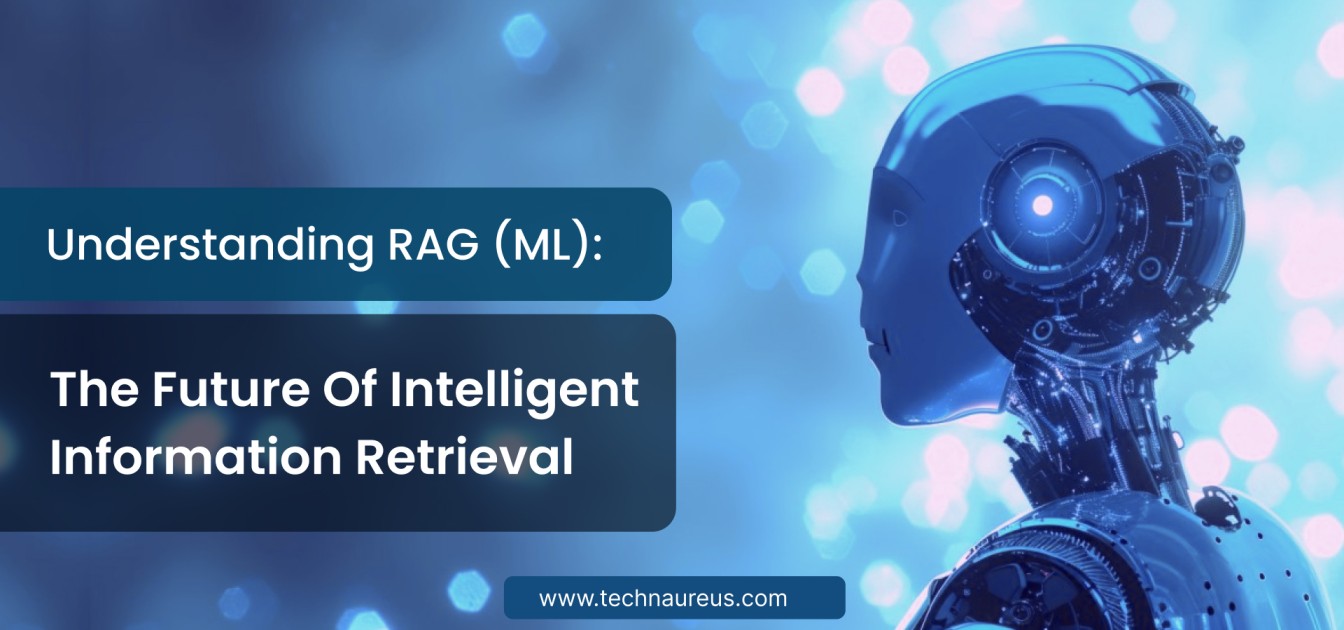Mohamed NufaijJuly 10, 2025
In today's rapidly evolving artificial intelligence landscape, businesses and developers are constantly seeking smarter ways to process and retrieve information. Enter RAG (ML) – Retrieval-Augmented Generation in Machine Learning – a groundbreaking approach that's transforming how AI systems access, process, and generate responses using vast amounts of data. This innovative technology combines the power of information retrieval with advanced language generation, creating more accurate, contextual, and reliable AI applications.
RAG (ML) stands for Retrieval-Augmented Generation in Machine Learning, a hybrid approach that enhances traditional language models by incorporating external knowledge sources. Unlike conventional AI models that rely solely on their training data, RAG (ML) systems can access and retrieve relevant information from external databases, documents, or knowledge bases in real-time.
This technology addresses one of the most significant limitations of traditional language models: their inability to access up-to-date information or domain-specific knowledge that wasn't included in their original training data. By bridging this gap, RAG (ML) enables AI systems to provide more accurate, current, and contextually relevant responses.
RAG (ML) operates through a sophisticated two-stage process that seamlessly combines retrieval and generation:
The system first identifies and retrieves relevant information from external sources based on the user's query. This involves searching through vast databases, documents, or knowledge repositories to find the most pertinent information.
Once relevant information is retrieved, the language model uses this context to generate comprehensive, accurate responses that incorporate both its trained knowledge and the newly retrieved information.
RAG (ML) systems consist of several crucial components working in harmony:
Companies are leveraging RAG (ML) to create intelligent customer support systems that can access product manuals, FAQ databases, and real-time inventory information to provide accurate, helpful responses to customer inquiries.
In healthcare, RAG (ML) systems help medical professionals access the latest research papers, drug information, and treatment protocols, ensuring they have access to the most current medical knowledge when making critical decisions.
Educational platforms use RAG (ML) to create personalized learning experiences that can pull from vast educational resources, textbooks, and research materials to answer student questions with accurate, source-backed information.
RAG (ML) significantly improves response accuracy by grounding AI-generated content in verified, external sources. This reduces hallucinations and ensures information reliability.
Unlike static AI models, RAG (ML) systems can access the most current information, making them ideal for applications requiring up-to-date knowledge.
Rather than retraining entire models with new information, RAG (ML) allows organizations to simply update their knowledge bases, making it a more cost-effective solution for maintaining current AI systems.
Organizations can create highly specialized RAG (ML) systems by connecting them to domain-specific knowledge bases, creating AI assistants with deep expertise in particular fields.
While RAG (ML) offers tremendous advantages, implementation comes with certain challenges:
Ensuring the accuracy and reliability of external knowledge sources is crucial for system performance.
Optimizing search algorithms to quickly identify the most relevant information from large databases requires careful engineering.
Seamlessly combining retrieved information with generated responses requires sophisticated natural language processing techniques.
The future of RAG (ML) looks incredibly promising, with ongoing developments in multimodal retrieval, real-time learning capabilities, and more sophisticated reasoning abilities. As organizations continue to generate vast amounts of data, RAG (ML) systems will become increasingly valuable for making this information accessible and actionable.
For organizations considering RAG (ML) implementation, starting with a clear understanding of your specific use case and data requirements is essential. Whether you're looking to improve customer service, enhance research capabilities, or create more intelligent applications, RAG (ML) offers a powerful solution for bridging the gap between AI capabilities and real-world information needs.
The integration of retrieval and generation in RAG (ML) represents a significant step forward in making AI systems more practical, reliable, and valuable for real-world applications. As this technology continues to evolve, it will undoubtedly play a crucial role in shaping the future of intelligent information systems.

11